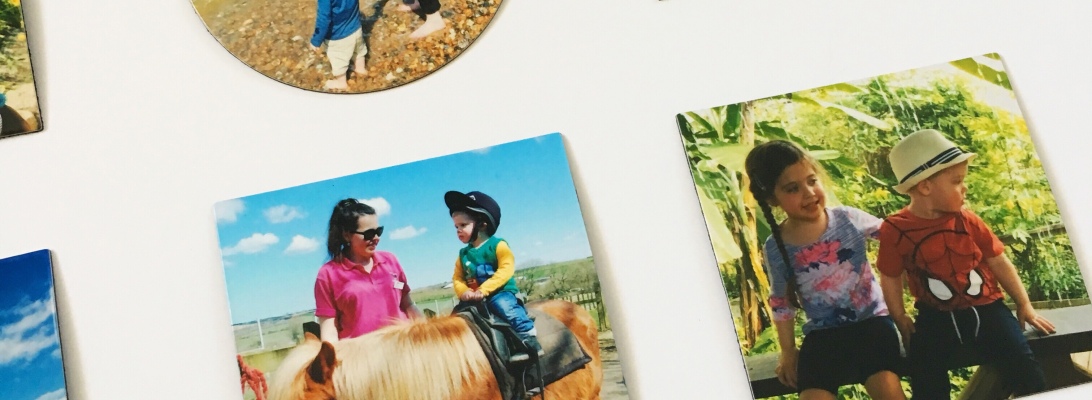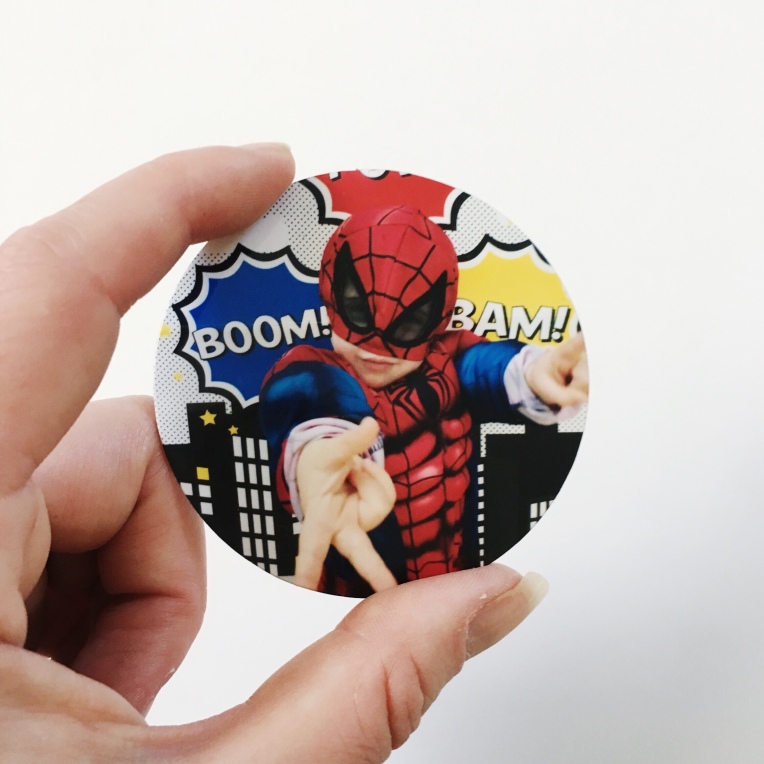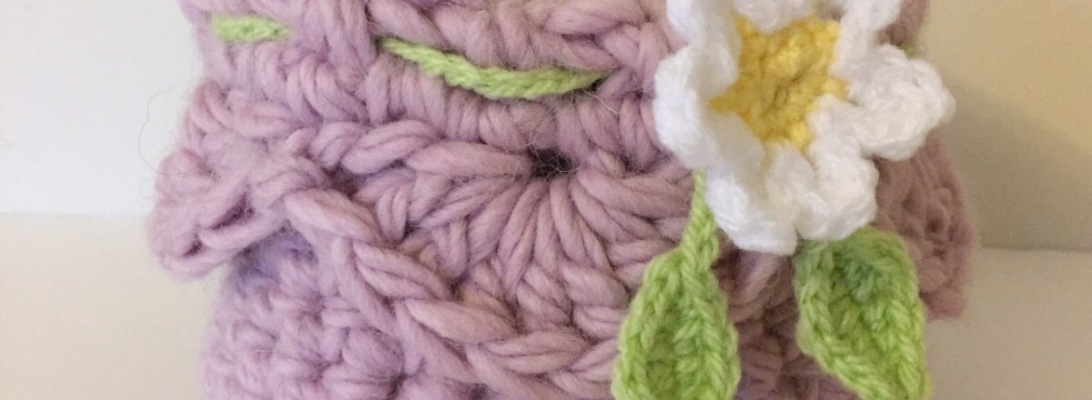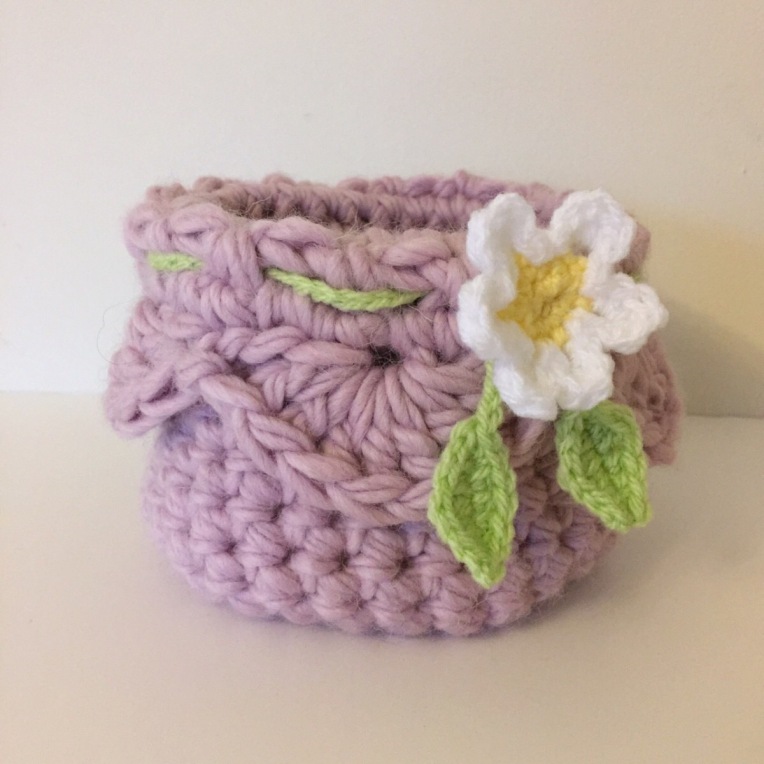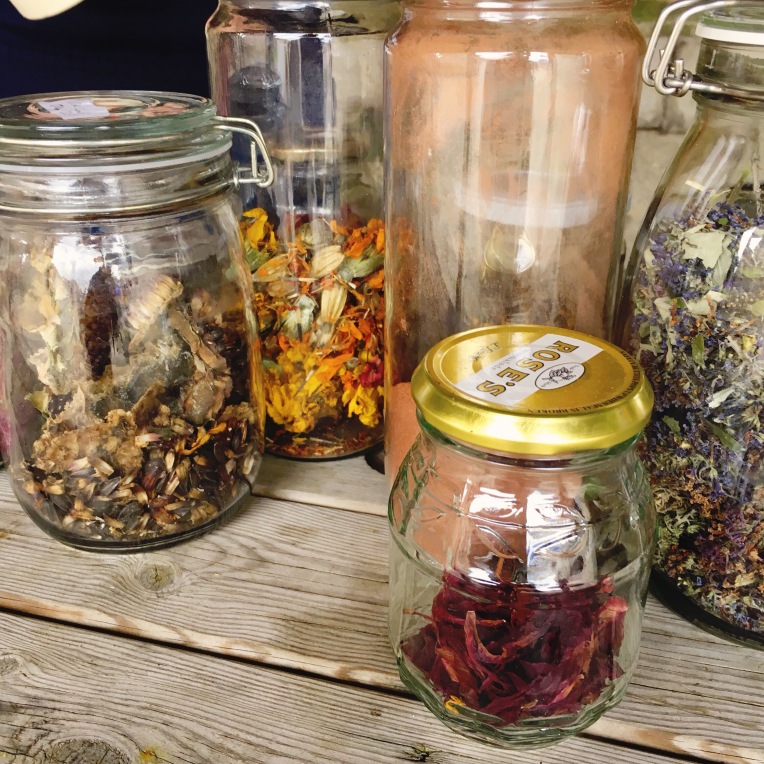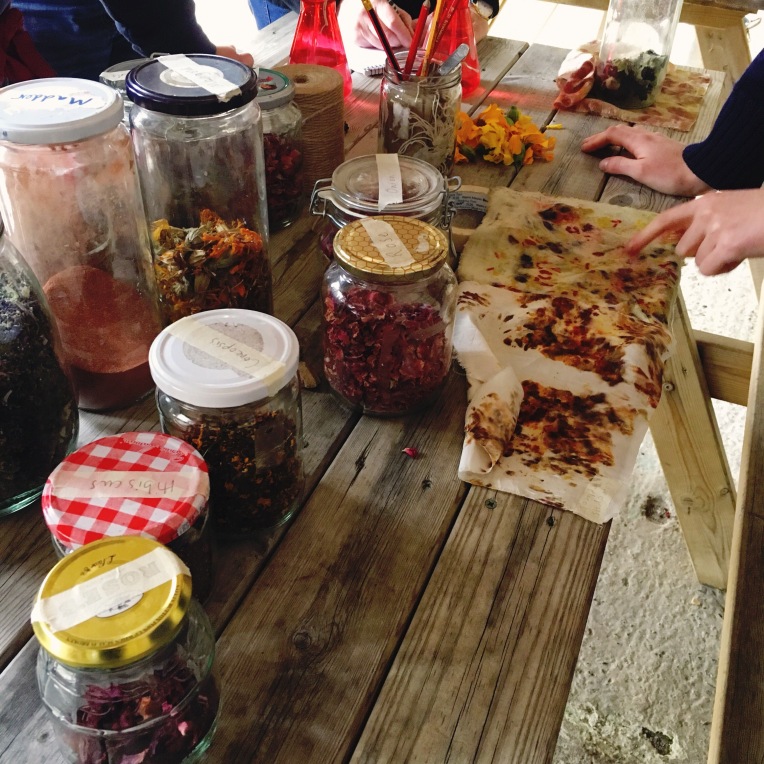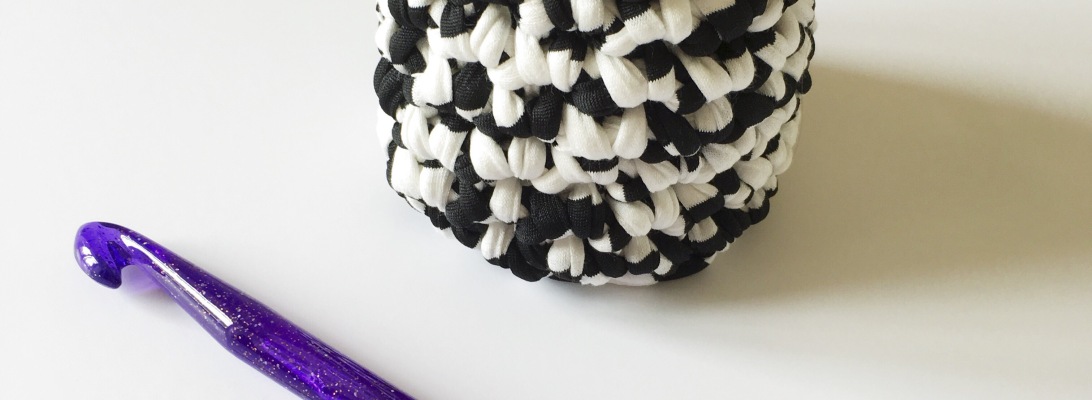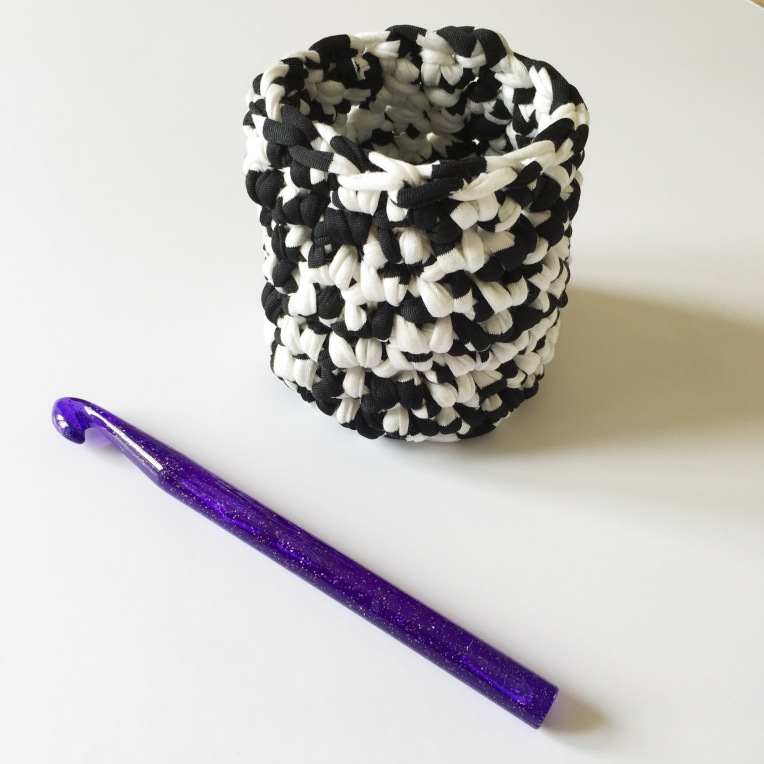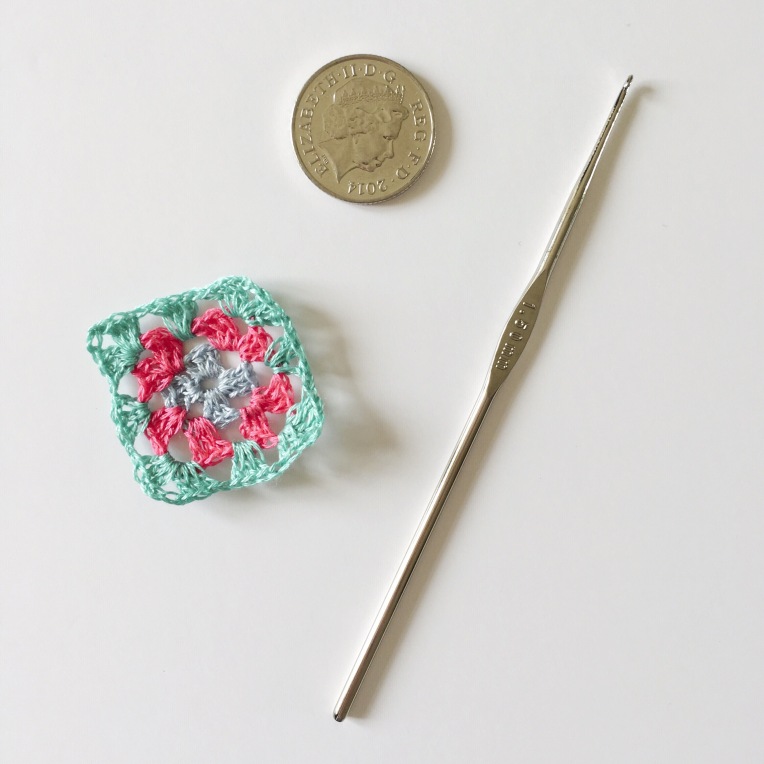After I finished university I went and taught English in Japan for six months – I totally fell in love with the country and the culture. Sashiko has been on my (very long) list of crafts I’ve wanted to try ever since I lived in Japan but I found it a bit daunting to undertake by myself…
So when the lovely Moira from Craftiosity asked if I’d like to review one of her craft boxes I jumped at the chance to try sashiko. Each month they design a box around a new craft and inside the box is everything you need to complete the project. The sashiko box included indigo cotton to make two placemats, as well as authentic sashiko needles, sashiko thread, tailor’s chalk, a pattern, full colour instructions and a pretty greeting card.

Sashiko involves marking the pattern onto the fabric with chalk before you begin, and the geometric pattern was really easy to follow and mark up. The colour instructions are brilliant but if you need further guidance Moira also puts together video tutorials for all the boxes in case you get stuck. Once the pattern is marked on you can start stitching – sashiko differs from normal embroidery by holding multiple stitches on your needle at once, hence the longer needle. This also helps you get them even in size and is incredibly satisfying to do. It was definitely one of those of projects you don’t want to put down!
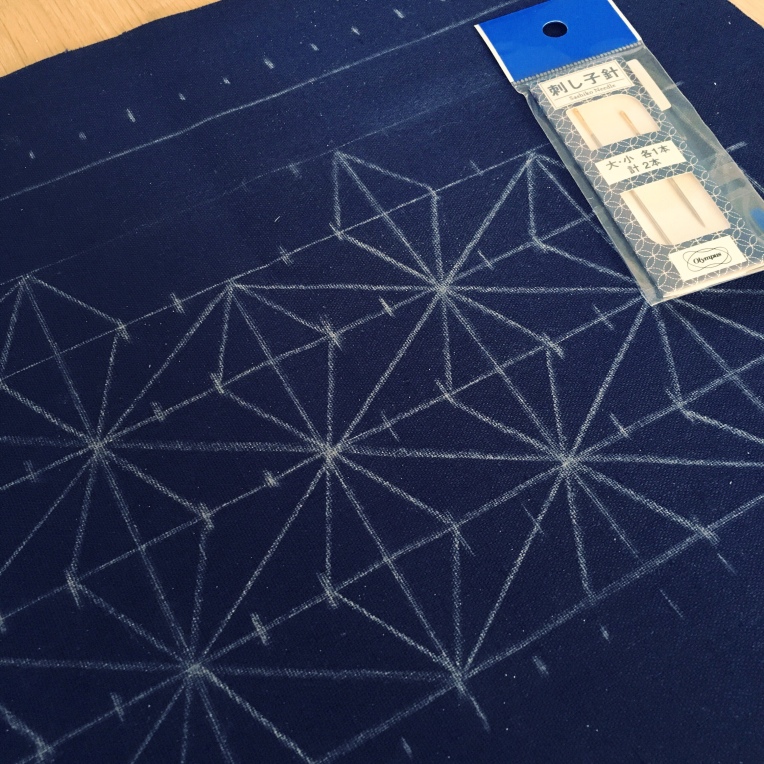
What I really love about the boxes is that the projects are beautifully designed and will look amazing in your home, but also that the kit includes proper tools that will enable you to pursue the craft as a hobby if you want to carry on. The needles are fantastic (and I doubt you could pick them up in a normal craft shop) and there’s advice about what fabric to choose if you want to make more sashiko projects.

I’d bought my first Craftiosity box the previous month and tried my hand at copper embossing which was awesome! Here’s a pic of the copper embossed lid I made for the wooden box (which was also included)!

For disclosure I bought the copper embossing box myself, Moira kindly sent me the sashiko box to review, and I have since bought myself the July box so I can try cyanotype printing 💙
If you’d like to try a Craftiosity box you can enter HOLLYPIPS at the checkout and get free postage! The August box is going to be macrame so order before the end of the month so you don’t miss out ☺️
Happy crafting everyone!










